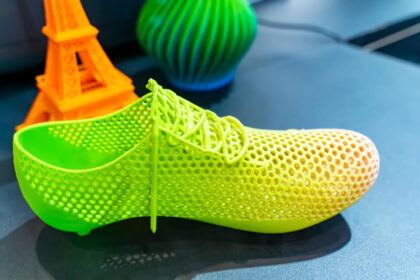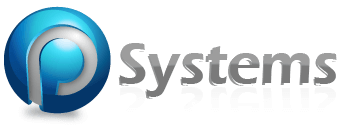
3D Printing is a manufacturing process that creates a physical object from a digital design.
The basic principle of 3D printing is: a digital model is turned into a solid three-dimensional physical object by adding material layer by layer. There are different 3D printing technologies and materials you can print with, but all are based on the previously mentioned principle
How does 3D printing work?
To start printing you need a digital 3D design file – like a blueprint – for a physical object. This design file is sliced into thin layers which is then sent to the 3D printer.
From here the printing process varies from technology to another, starting from desktop printers that melt a plastic material and lay it down onto a print platform to large industrial machines that use a laser to selectively melt metal powder at high temperatures. The printing can take hours to complete depending on the size, and the printed objects are often post-processed to reach the desired finish.
Available materials also vary, ranging from plastics to rubber, sandstone, metals and alloys – more and more materials appearing on the market.
So, why all the 3D printing hype today?
Until 2009 3D printing was mostly limited to industrial uses, but then the patent for fused deposition modeling (FDM) – one of the most common 3D printing technologies – expired.
The first desktop 3D printer was born. More and more manufacturers invested, so what once cost more than $200,000 suddenly became available for below $2000, and the consumer 3D printing market took off in 2009.
3D printer sales have been growing ever since, more innovations are expected in the next years. There are now approximately 300,000 consumer 3D printers in the world – and it’s doubling every year.
The advantages and disadvantages of 3D Printing
It’s highly important to understand that 3D printing is a rapidly developing technology, which comes with its set of inherent benefits, but also there ae some disadvantages. Pro Create complex designs
Advantages:
- Customize each and every item
- No need for tools and molds, lower fixed costs
- Speed and ease of prototyping, faster and less risky route to market
- Less waste
Disadvantages:
- Higher cost for large production runs
- Less material choices, colors, finishes
- Limited strength and endurance
- Lower precision




